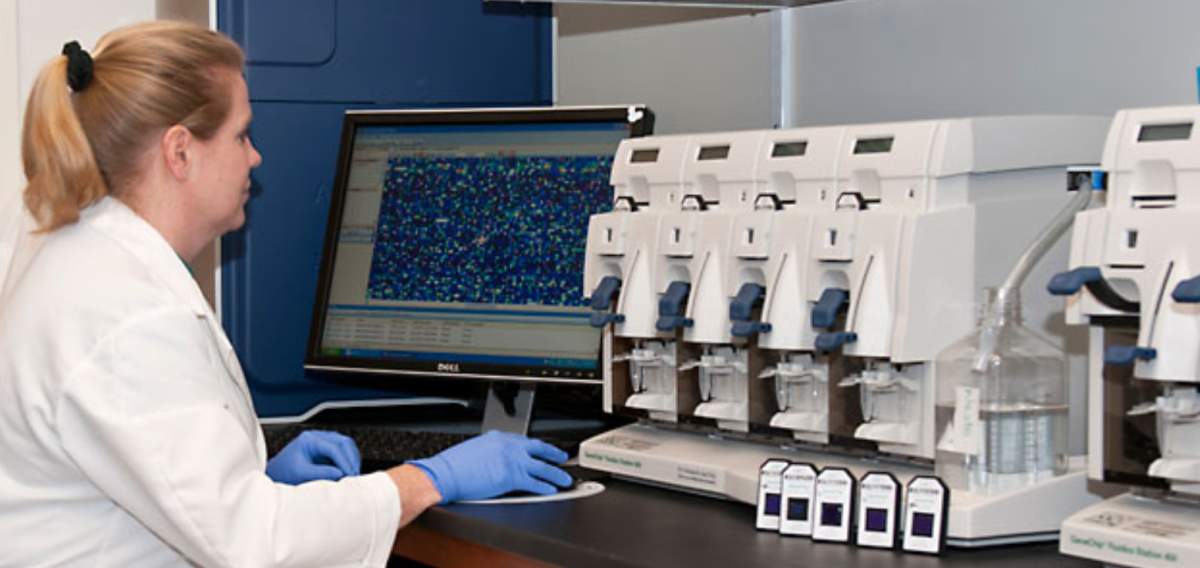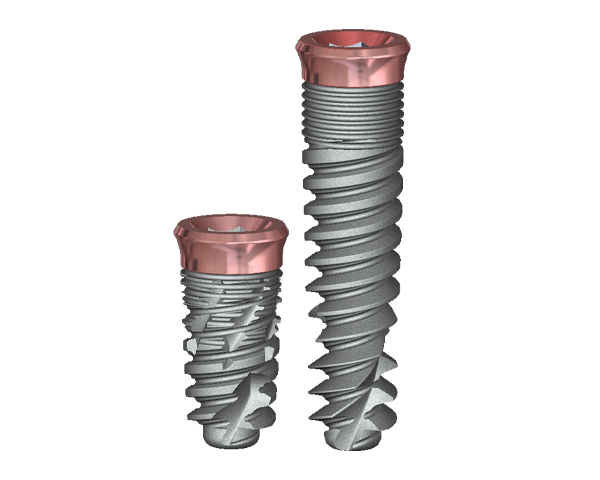
R&D innovation & Technology
The Dentalis research department is dealing with a number of biological challenges in order to find biological solutions for therapeutic difficulties. Each project is led by a diverse task force that includes researchers and clinicians.
These are the different projects that Dentalis research and development department is dealing with:
- Dentalis is developing a line of biologically active products designed to control bleeding during surgery. The goal is to develop a product that contains a unique Biologically Active Component that can imitate the natural process that happened in the body during an injury but that can be much more effective to stop the bleeding during surgery. Our research is focused on thrombin Topical (Human), which is a blood-clotting protein used to help control bleeding during surgery derived from human plasma that is obtained from carefully screened and tested donors and has undergone steps to further reduce the risk for transfusion-transmitted diseases. Thrombin Topical, together with more structural proteins can cross-link to each other and by that create a network similar to the fibrin network of blood clots but has demonstrated adhesive strength even greater than that of blood-derived fibrin sealants. The properties of the cross-linking reaction that they create can be controlled to fit a variety of applications.
- Dentalis research on Surface Science and Technology encompasses both analysis and modification of surfaces. By modifying surfaces, we can combine material that may have useful bulk properties (e.g. mechanical, electrical, optical) with the appropriate surface properties (e.g. corrosion resistance, low wear, low friction, biocompatibility, hydrophobicity). The osseointegration rate of titanium dental implants is related to their composition and surface roughness. Rough-surfaced implants favor both bone anchoring and biomechanical stability. Dentalis R&D department is testing different methods to increase surface roughness and also applying osteoconductive coatings to titanium dental implants.
- We examined different surface treatments, such as titanium plasma-spraying, grit-blasting, acid-etching, anodization, or calcium phosphate coatings.
- Dentalis R&D department’s purpose is to optimize the porous architecture and mechanical properties of calcium-phosphate bioceramics. The local release of bone stimulating or reabsorptive drugs in the peri-implant region may also respond to difficult clinical situations with poor bone quality and quantity. These therapeutic strategies should ultimately enhance the osseointegration process of dental implants for their immediate loading and long-term success

We are working on a number of designs for bioinorganic materials with wider functionalities, allowing the controlled release of therapeutic agents. These “intelligent” bone substitutes tackle major health issues: Post-operative intraosseous pain management, the prevention of infections and the prevention of osteoporotic fractures.
Stay Safe. Wear a Mask!
The pink tissue versatile implant neck combines superior gingival aesthetics and high primary stability, improved placement, and temporization,
which is particularly beneficial in
aesthetically demanding cases.
The pink tissue versatile implant neck combines superior gingival aesthetics and high primary
stability, improved placement, and
temporization, which is particularly
beneficial in aesthetically demanding
cases.
The pink tissue versatile implant neck combines superior gingival aesthetics and high primary stability, improved placement, and temporization, which is particularly beneficial in aesthetically demanding cases.

